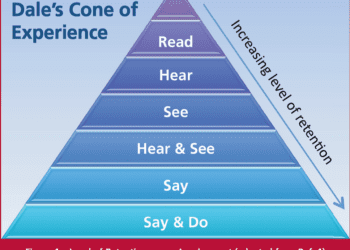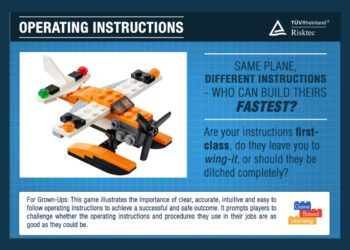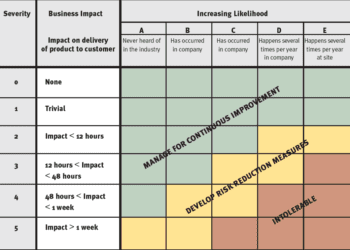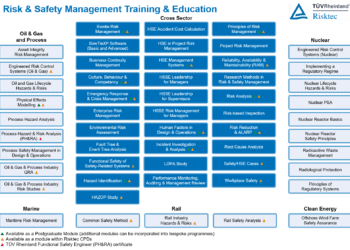Mind the Gap – Ensuring organisational competency and employee retention
With a general shortage of workers in the Science, Technology, Engineering and Maths (STEM) sectors, many organisations are asking themselves how they can identify and manage their competency gaps now and into the future, with a much sharper focus on staff retention and development.
INTRODUCTION
In the UK alone there is estimated to be a shortfall of over 173,000 workers in the Science, Technology, Engineering and Maths (STEM) sectors, with an estimated average of 10 unfilled roles per business in the UK (Ref. 1).
Correspondingly, these positions are difficult to fill directly by recruitment, with the Institute of Engineering and Technology (IET) identifying that 49% of engineering and technology businesses are finding there’s a lack of skilled candidates available (Ref. 1).
This places the onus on organisations to manage gaps more organically by developing staff. Allied to this is a requirement to identify competence needs much earlier and more systematically, so that current and future gaps are identified alongside development planning, without relying on future recruitment alone.
This article looks at the competence management cycle and the part that training can play in ensuring ongoing organisational competence and staff retention.
WHAT IS COMPETENCE MANAGEMENT?
Competence management can be defined as “the process for ensuring that enough suitably competent people are available to meet current and foreseeable business needs.” (Ref. 2).
When thinking about what comprises competence on the level of an organisation or individual, it can be broken down into three main components:
- Knowledge and experience: what we know
- Skills and abilities: what we can do
- Attitudes and behaviours: how we go about it
The ability of an organisation to align these components with its current and future business strategy is generally managed by a Competence Management System (CMS), with an example CMS cycle shown in Figure 1.
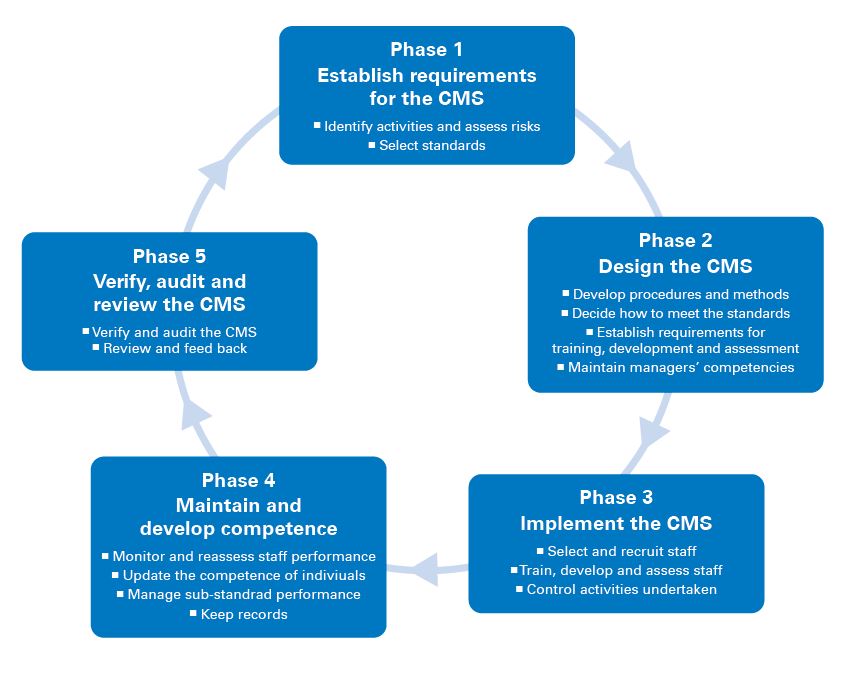
The CMS can also capture any competence requirements required by legislation, licence conditions, professional standards, company procedures, project processes, customer requirements and improvement initiatives
MAINTAIN AND DEVELOP COMPETENCE
Where a CMS is in place and has identified a current or future competence gap, then the organisation can address the gaps in the required knowledge, experience, skills and behaviours by:
- Recruitment of personnel who already have those attributes, or
- Development of those attributes for new or existing personnel
With respect to upskilling new or existing personnel, this requires consideration of the needs of the organisation as a whole, down to the level of the individual.
These needs may be met by coaching and on the job mentoring, but there may also be a case for more formal structured training.
TRAINING NEEDS ANALYSIS (TNA) AND THE TRAINING PLAN
A Training Needs Analysis (TNA) is an effective way to identify required training. The TNA forms the basis of the Training Plan and uses the CMS to highlight knowledge or experience gaps and to ensure existing competency is maintained.
The TNA also defines:
- The specific training courses or methods to be used, including identifying training which may not have been used or considered before
- The priority of the training needs of the organisation and individuals
- A schedule of training for the next year(s)
- Required training resources
The current Learning & Development (L&D) resources (both in-house and external training providers) should be evaluated to confirm whether they are sufficient to meet the needs of the Training Plan. This allows timely planning of any additional or specialist training provision.
The methods of delivery available also require some consideration in the Training Plan – for example, to determine if all training should be face-to-face, or if other online e-learning or distance learning options are available and appropriate.
TRAINING FOR RETENTION
As well as the benefits which can be achieved through the training and development of staff in terms of fulfilling competency requirements, staff retention can also be improved through targeted investment in career development.
Training and development opportunities are unsurprisingly viewed as desirable by individuals, with recent LinkedIn Global Talent Trend reports finding that:
- Companies rated highly for ‘Employee Training’ have a 53% lower staff attrition rate (Ref. 4)
- ‘Professional development opportunities’ was selected as the top area to invest in to improve company culture by 59% of respondees (Ref. 5)
Investment in training and education therefore has a two-fold benefit – delivering organisational competency, while aiding staff retention.
CONCLUSION
With the skills shortage deepening, ongoing competence development of personnel is vital for ensuring that an effective workforce is in place.
Continuing to develop the skills of those already within the organisation, as well as carefully planning the route to upskill new joiners, helps to mitigate future skills gaps within an organisation.
Training and development is also highly valued by employees, to the extent that the act of implementing a pro-active Training Plan can aid staff retention and motivate personnel.
HOW RISKTEC CAN HELP
Risktec has experience in all areas of competence management and assessment, and can work with you to develop a targeted and achievable TNA and Training Plan.
We have a portfolio of over 50 training courses that can be customised and delivered face-to-face or online. Our self-paced, accredited courses for Continuing Professional Development contribute to CPD hours, while at the highest level of competence, we offer an MSc in Risk and Safety Management.
To plug gaps in skills or experience, Risktec Resourcing is able to provide suitably qualified and experienced personnel, from individual associates in the short-term to multi-disciplinary teams on long-term assignment.
This article first appeared in RISKworld 43, issued May 2023.
References
- https://www.theiet.org/media/11077/engineering-kids-futures.pdf
- “Assuring the assurors” – Dr David Bush (Head of Safety Analysis, National Air Traffic Services) and Christopher Lloyd, (Consultant), 2007
- “Developing and maintaining staff competence”, Office of Rail and Road, Railway Safety Publication 1, November 2016
- https://business.linkedin.com/content/dam/me/business/en-us/talent-solutions/resources/pdfs/linkedin-2020-global-talent-trends-report.pdf
- https://business.linkedin.com/content/dam/me/business/en-us/talent-solutions-lodestone/body/pdf/global_talent_trends_2022.pdf




